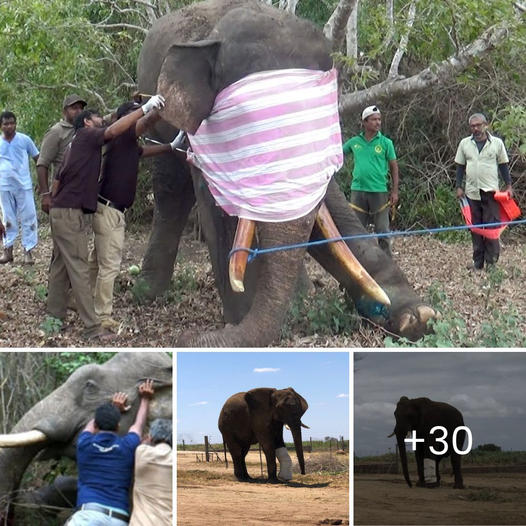Dead-whale disposal can be an impossible job, so when a 55-foot (16.75m) humpback floated inland off California’s coast, officials opted to tow the bloated behemoth offshore. That decision certainly helped to keep any cetacean stench away from local residents – but it also meant that one very hungry white shark got to fill up its belly.
Exactly what 𝓀𝒾𝓁𝓁ed this whale (an individual known locally as “Scarlet”) remains a mystery, but the level of bloating and decomposition suggests the animal had been dead for weeks.
As for the hungry shark, it’s estimated that this large female measured in at between 16 and 18 feet (about five metres), and some reports suggest that she may have been eating for two. (Or ten. Or 17. We don’t actually know how large the litters of white sharks can get.)
After checking in with Dr Chris Lowe, the director of SharkLab at the University of California, Longbeach (UCLB), we can say that this shark may have been pregnant. It’s tough to say with certainty because the animal had eaten an immense amount of whale meat by the time this footage was captured (and that could mean “food 𝑏𝑎𝑏𝑦” rather than actual 𝑏𝑎𝑏𝑦).
Gorging sessions like this one can change a white shark’s size more than you might expect. Off the coast of South Africa, these top predators have been known to strand after eating too much: a supersized meal can make them so lethargic and bulky that swimming becomes a struggle.

And for this particular female – if she was in fact pregnant – some digestive discomfort could have served a purpose. “Maybe she stopped at the ‘all-you-can-eat buffet’ to induce labor,” Lowe postulates. “Or maybe she was just in need of a good meal.”
Along with fisherman and shark tagger Keith Poe, UCLB graduate student Ryan Logan managed to fit satellite and acoustic transmitters on the shark before she let the scene. With any luck, we’ll soon know more about her whereabouts. This is typically the time of year when females return to coastal waters to pup, so movement recorded by the tags could give the UCLB team clues about this shark’s status.

According to Poe, the tagging was smooth and the animal swam off in good condition.
“She looked incredibly satisfied,” he says. “I never saw any signs of [labour]. She was as gentle and calm as I’ve ever seen. The only sign of aggression was ripping pieces off the whale.”

They might be among the ocean’s most iconic predators, but there’s still a lot we don’t know about white sharks – and no one has ever seen one of them giving 𝐛𝐢𝐫𝐭𝐡. That makes opportunities like this especially valuable.





